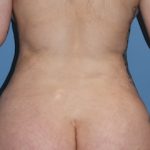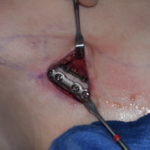Plastic Surgery Case Study – Custom Skull Implant for Back of Head Asymmetry
Background: The back of the head is prone to a variety of shape deformations. Whether it is from the head position that the fetus lays in utero or how the child sleeps after birth, the early moldability of the skull bones can create less than a round appearance on the back of the head. The Read More…


